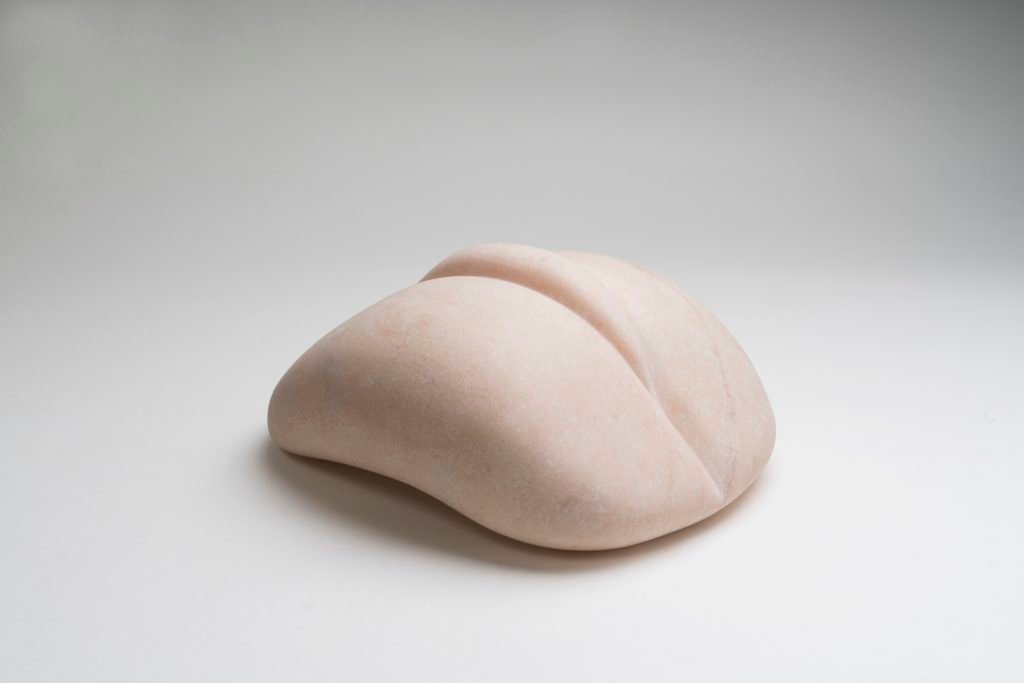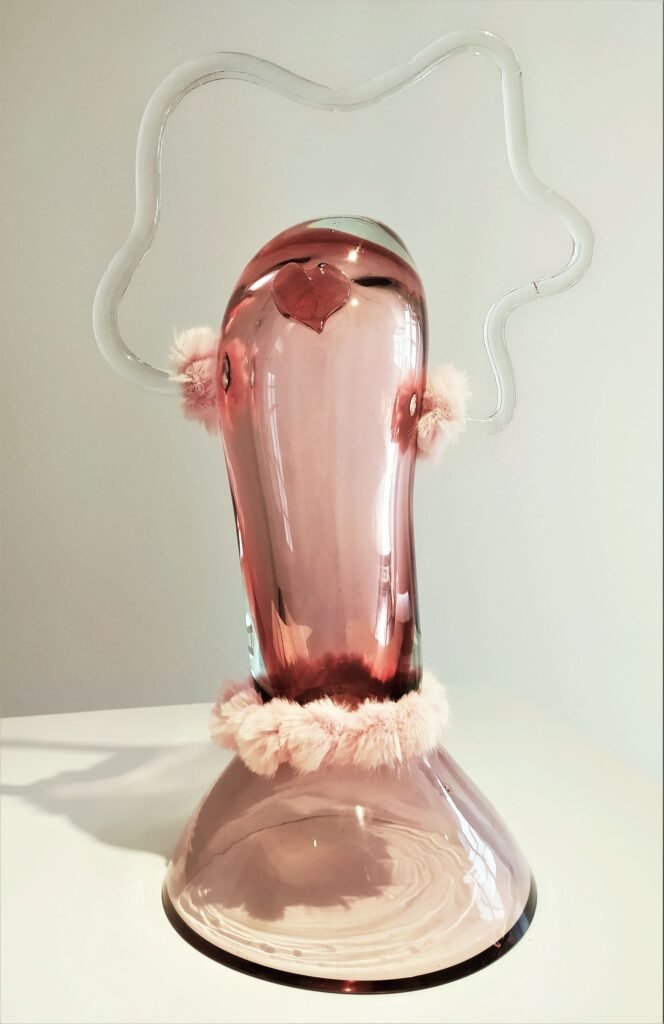Located in the heart of Venice, two steps away from Campo San Polo, in the splendid fourteenth-century Corte Petriana, Beatrice Burati Anderson Art Space & Gallery was born on 10 May 2017 by the will of Beatrice Burati Anderson, art historian and curator. The gallery works with artists from different generations and cultures, emphasizing the installative and performative dimension, and promotes, while maintaining a close relationship with the territory, the development of ethical issues and the relationship between art and science. The gallery space, an unexpected oasis of peace along the most chaotic street in Venice, the one that leads from Piazzale Roma to Rialto, is located inside an ancient warehouse, where the tree trunks used as beams and the floor covered with sand create a suggestive atmosphere, keeping the traces and charm of the past intact.
In September 2021 Beatrice Burati Anderson inaugurated in Calle de la Madonna the second venue of her Venetian gallery, complementary to the Art Space in Corte Petriana: the two spaces weave a physical and symbolic dialogue through their respective water doors, which face each other.
On May 13, 2021, the Roman venue of the gallery, L’ATELIER, was also inaugurated in a historic space, full of memory, art and beauty: the former studio of the artist Pilade Bertieri (Turin, 1874 – Rome, 1965), home to his archive and now open to the dialogue with contemporary artists and curators.











